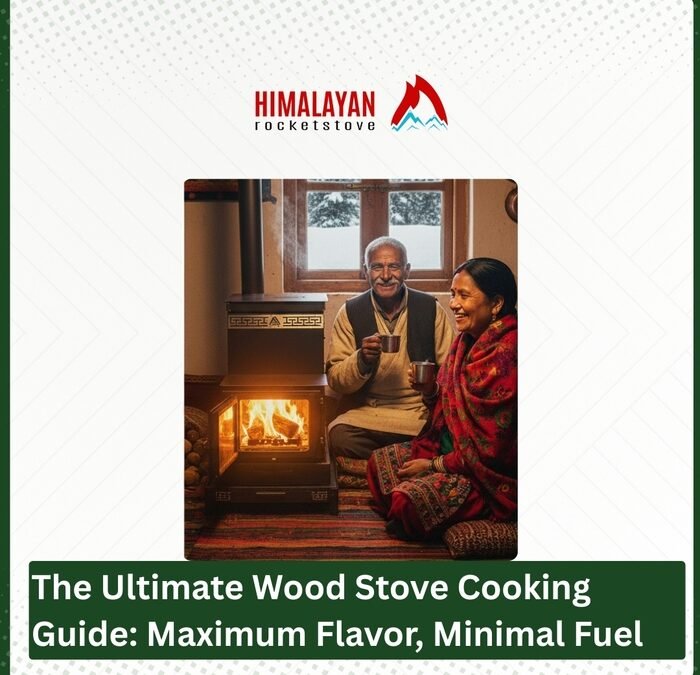Cooking on a wood stove takes you back to another era, but the right arrangement can bring the natural wood stove to its full potential and the cooking will be powerful, efficient, and very tasty. Most wood stoves are built only for heating purposes but there are a few selected ones which are engineered for real cooking performance. In case you have a wood-burning kitchen stove for cooking as your investment, you have a device that brings together tradition, energy savings, and a delicious taste all in one powerful and compact unit.
This blog will guide you on how to cook on wood stoves in an efficient way, fuel-wise, and get dishes that can only be compared to restaurant level.
The Right Stove: Not Every Wood Stove Is Fit for Cooking
Before diving into delicious recipes and expert techniques, it should definitely be highlighted that most wood stoves are made to provide heat and they are not for cooking at all. They can use a pot of soup on top, but they do not have the precision and structure for consistent cooking.
A real wood burning kitchen stove is different. It provides:
- A flat, long-lasting cooktop made specifically for cookware
- More uniform heat distribution
- A firebox setup for controlling temperature zones
- Optional oven compartments (on selected models)
If your stove has the above-mentioned features, then you are ready for real wood-fired cooking.
Mastering Heat Zones for Better Cooking
Wood stove cooking is all about getting to know the heat locations.
- Direct Heat Zone: Right above the firebox. Perfect for boiling water, searing veggies, or quickly warming food.
- Medium Heat Zone: Slightly off-center. Perfect for sauces that need simmering, meals that require reheating, or stews that need slow cooking.
- Low Heat Zone: The edges and corners of the stove. Best for melting, warming, or keeping food at serving temperature.
Instead of turning a dial, one simply shifts the pot to another place. At first it might seem not so intuitive, but eventually it becomes very easy, instinctive, and surprisingly accurate.
Fuel Efficiency: Using Less Wood to Get More Heat
Cooking on a stove that is manufactured specifically for cooking is one of the principal benefits in terms of efficiency. A lot of these stoves also double as some of the most energy-efficient space heaters, so you can have the house warm while frying without drawing more power.
To improve performance:
- Use hardwood that is seasoned and dry
- Steady burning by keeping airflow vents adjusted
- Quick heat boosts by adding smaller pieces of wood
- Good heat retention by using cast iron pots and pans
This way, you can cook a lot using less fuel, your house will be warm, and the food will be delicious.
What You Can Cook on a Wood Stove
With the right stove, you will be able to cook almost everything that you can do on a modern cooktop:
- Soups and stews
- Stir-fries
- Eggs and skillet dishes
- Pancakes, flatbreads, tortillas
- Slow-cooked meats
- Hot drinks
If there is an oven section in your stove, the number of possibilities for dishes is even more extensive; you can make bread, bake veggies, and prepare casseroles in the oven infused with the delightful flavor of wood-fire.
The Flavor Edge: Why Wood Stove Cooking Dominates
The cooking with a wood stove gives off a little smokiness and depth which electric heat cannot ever come close to. The ingredients are, so to say, cooked slower and more deeply, thus warming them up instead of subjecting them to the harshness of direct flame.
Final Thoughts
Cooking on a wood stove is not just a technique. It is a rhythm. It is a slower, more conscious cooking style that will reward patience with great flavor and impressive energy efficiency. With a dedicated wood burning stove in the kitchen, you are able to unlock maximum flavor while using minimal fuel, making each meal a warm, unforgettable experience.


Recent Comments